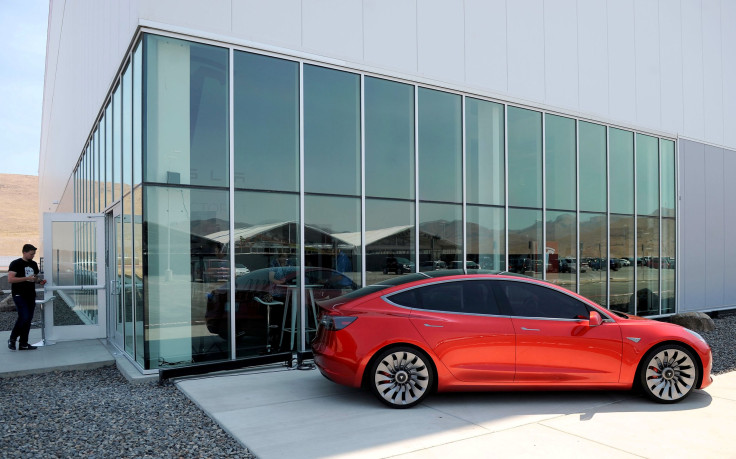Tesla Model 3 update: Nevada Gigafactory to produce Model 3 electric motors, take pressure off California facility

Latest reports suggest that Tesla would be using its Nevada Gigafactory for building electric motors and gearboxes for its highly-anticipated electric vehicle Tesla Model 3. Nevada governor Brian Sandoval revealed that the lines will be installed at the Gigafactory, which will create 550 new jobs at the facility. The news hints at how Tesla Motors is looking to produce 400,000+ Model 3s within the date promised by CEO Elon Musk. The demand for the EV has surpassed Musk’s expectations and now the automaker is trying to handle such production volumes.
According to Engadget, if Tesla moves the bulk of the drivetrain construction to the Nevada Gigafactory, it will free up space in its California facility to develop the rest of the Tesla Model 3 vehicle. However, tech enthusiasts believe that even such a move is not sufficient to meet the expected demand of Model 3. Tesla managed to deliver only 83,992 vehicles in 2016 and it was the company’s most successful year up to now. It will need to produce at least double that figure in 2018 to keep its pre-order customers happy.
According to Fortune, Sandoval stated that Musk is investing an additional US$350 million (AU$470 million approx) to make the gearbox components and electric motors. Producing electric motors in the US$5 billion (US7 billion approx) Nevada Gigafactory will reportedly help Tesla maximise the footprint of its Fremont factory. When this is combined with the battery production, most of the Tesla Model 3 electric powertrain will be made in Nevada. The Gigafactory is expected to start production of Model 3 battery cells in the second quarter.
Tesla is trying to ship about a 100,000 Tesla Model 3 units by the end of 2017. Despite scepticism, the automaker may actually be able to meet its target as Musk has said that the Model 3 is a less complex vehicle and Tesla’s popularity made it easier to secure supply chain deals. Stay tuned on IBT AU for more updates on Tesla Model 3.






